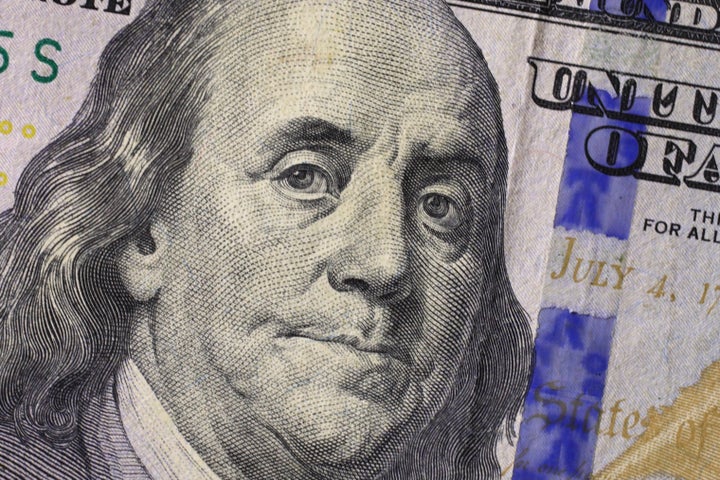
To the surprise of few people, the wealth income gap among American communities is yawning ever wider, a new study has found. What might startle some, though, is that Teton County, home of Jackson Hole, Wyoming, boasts the highest income from assets in the nation.
In fact, several other scenic mountain getaway communities in the West have become “enclaves of extreme wealth ... peppered across the landscape,” noted the study released last week by the Economic Innovation Group. The wealth often sharply contrasts with desperately poor rural communities that are nearby.
Teton County, home of the Grand Teton National Park and popular ski slopes, has increasingly attracted the uber-rich, boosting the area’s annual per capita asset income to an eye-popping $161,400, EIG found. (Jackson Hole has also led the nation in per capita income, boasting an average of $250,000 per resident in 2018.)
Not faring nearly so well at the opposite end of the spectrum in an “asset desert” is Ogala Lakota County — with just $2,800 in asset income per capita, a third of the national average. The county is entirely within the Pine Ridge Indian Reservation in South Dakota.
Ironically, Federal Reserve officials are meeting virtually this week to discuss “Macroeconomic Policy in an Uneven Economy” for their annual Jackson Hole Symposium.
The EIG report — which focused specifically on income from interest, stock dividends and rent — discovered that the gap between counties with the lowest and highest asset income per capita increased sixfold between 1990 and 2019. And asset income has become more geographically concentrated: It nearly doubled since 1990 in the top 10% of counties, but barely changed for the bottom 90% of counties.
The report demonstrates that while asset values may soar, they are only enjoyed by a fraction of Americans, while the rest must depend on wages. “The reality is this: building asset wealth is currently unattainable for the majority of Americans,” the report stated.
EIG Research Director Kenan Fikri pointed out that the pandemic in particular has “underscored the divide in financial security and well-being between the Americans who own assets and those who do not.”
Income from assets — a measure of wealth that excludes wages as well as government assistance programs — makes up about a fifth of personal income nationwide. But only a minority of Americans have assets beyond homes, cars and retirement savings. About 15% of households own stocks, and 13% hold business equity or other residential property, according to Federal Reserve data.
Beyond Jackson Hole, per capita assets have skyrocketed in places like Manhattan, Westchester and Nassau in New York, and California’s Palm Beach and the San Francisco Bay Area. But it has largely stagnated in the South, Midwest and Appalachia. Many communities with the lowest income from assets are made up predominantly of people of color, according to the report.
Annual asset income per capita in Manhattan — about $64,200 — is 13 times that of the Bronx next door, where 90% of the population is non-white, EIG reports.
For more Americans to have a “seat at the table” of the economic system, the report concludes, “lawmakers should consider ways in which public policy can open up more pathways to asset ownership to a wider array of Americans.”
Check out the entire report here.
